For 40% Savings, More Employers Are Self-Funding
Employers with fully insured health plans are realizing they can “safely” custom design a medical plan for the needs of their workers and save as much as 40% on the over all cost. As a result, the choice to self fund a health insurance plan is becoming more popular for employers with at least 100 employees or more.
Employer groups within 100-500 employees gain the same advantages as their larger counterparts when they implement a self-funded health plan. Just a couple advantages are improved cash flow and plan flexibility.
One cash flow advantage for an employer self-funding is “pay as you go”. Under a fully insured health plan, an employer pays premiums to pre-fund claims and other costs. The insurance carrier uses these pre-paid funds to pay plan participant claims. In addition, the insurance carrier retains a portion of the premiums to cover overhead costs and to compensate itself for the services it performs and the financial risk it assumes.
An employer who chooses to self-fund their health plan does not have to pre-fund all of its claims costs. Moreover, the employer pays claims as they are incurred with a TPA. This allows the employer, not the insurance company, to invest and receive returns on unused claim funds.
The second cash flow advantage is claims liability. At the end of the plan year in which medical claims have been lower than anticipated a traditional insurance company keeps all the premium and no savings is returned to the employer. When claims paid by a employers self-funded health plan are lower than anticipated, the savings belongs to the employer.
Furthermore, plan flexibility is a big advantage to self-funding. Traditional insurance companies offer “one-size-fits-all” benefit options for the most part. As a result, an employer with a fully insured health plan may be forced to pay for benefits its employees do not need or will utilize.
The flexibility of self-funding allows an employer to custom design a cost-effective health plan tailored to the employees specific needs. For example, high cost benefits that employees do not value can be eliminated and replaced by benefits that employees want sometimes at lower costs. In addition, employers that self-fund their health plan and custom design their plan can do so in conjunction with reducing their risk.
Effective strategies to reduce risk are strong on-site wellness programs. These programs help and teach employees to lead healthier life styles. As employees get healthier their health claims decrease. As a result, this saves the employer who self-funds valuable money. These types of programs are picking up more steam with the recent health care reform. I’ll discuss these further under another topic.
In summary, employers across the country continue to bear the brunt of rising health care costs. For these employers, self-funding the health plan may be the life line, connecting them to valuable opportunities for increased cost control and improved cash flow.

